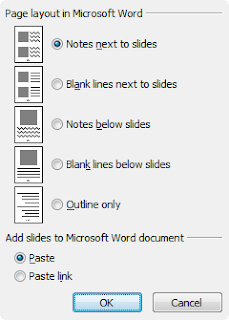The first step is to change how I use the “Attended” column. Instead of x’s, I need to enter 1’s and 0’s. Excel is designed around the use of numbers and this will only work if I do the same. In this instance, I use 1’s for those who have attended and 0’s for those who were absent.
- Select the column with the values to format. In my example, I selected column D.
- On the Home tab, Styles group, click Conditional Formatting and select the 3 Symbols (Uncircled) under the Indicators options. (It's the green check, yellow explanation point and red X.)
- Click Conditional Formatting again and this time select Manage Rules… at the bottom of the gallery to open the dialog box
- Click the Edit Rule… button.
- Select the Show Icon Only check box. Click OK to finish the rule, and OK apply.






